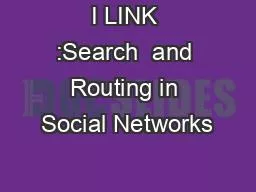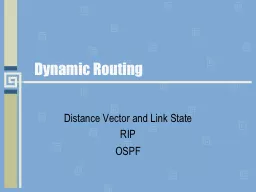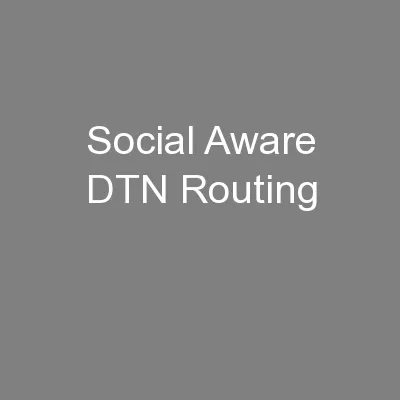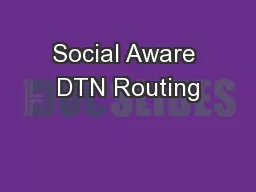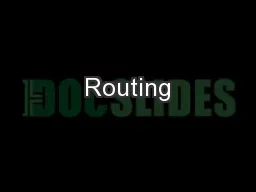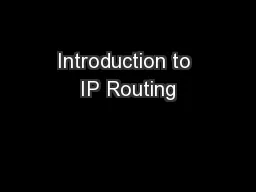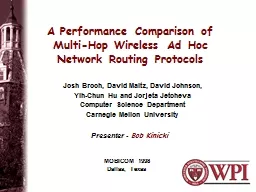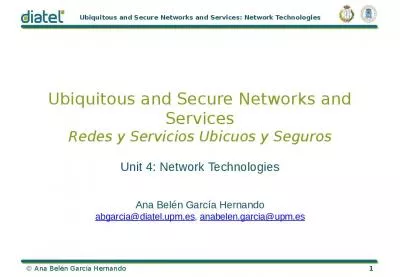PPT-I LINK :Search and Routing in Social Networks
Author : slayrboot | Published Date : 2020-08-27
Presenter ChunPing Wu Authors Jeffrey Davcitz Jiye Yu Sugato Basu David Gutelius Alexandra Harris KDD 2007 國立雲林科技大學 National Yunlin
Presentation Embed Code
Download Presentation
Download Presentation The PPT/PDF document "I LINK :Search and Routing in Social Ne..." is the property of its rightful owner. Permission is granted to download and print the materials on this website for personal, non-commercial use only, and to display it on your personal computer provided you do not modify the materials and that you retain all copyright notices contained in the materials. By downloading content from our website, you accept the terms of this agreement.
I LINK :Search and Routing in Social Networks: Transcript
Download Rules Of Document
"I LINK :Search and Routing in Social Networks"The content belongs to its owner. You may download and print it for personal use, without modification, and keep all copyright notices. By downloading, you agree to these terms.
Related Documents

